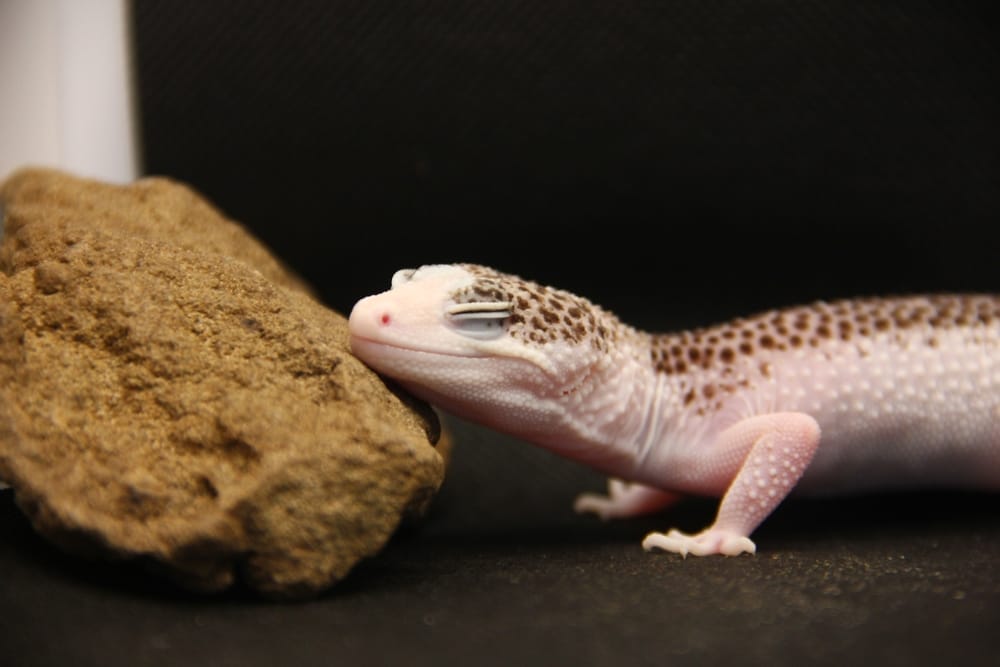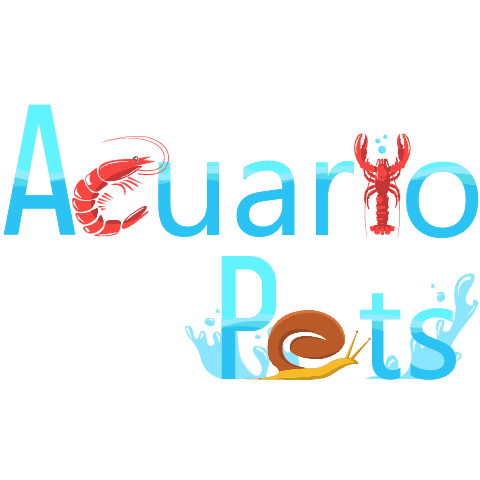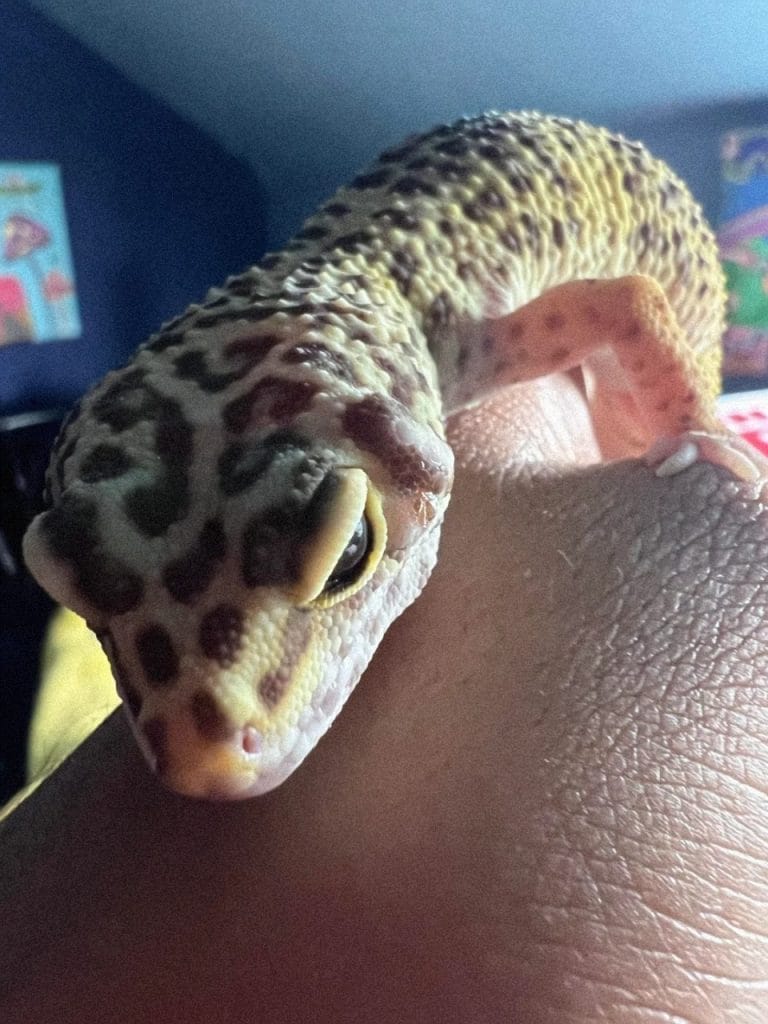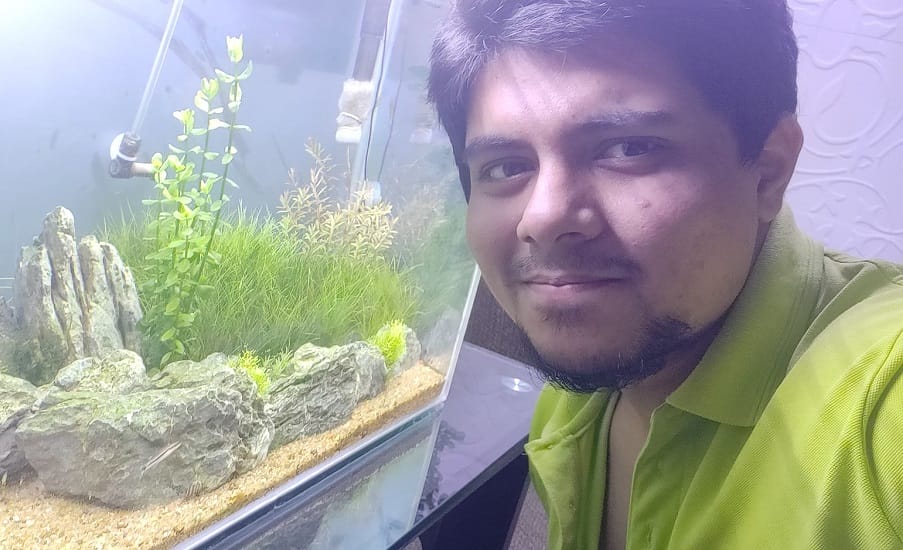This post was created with help from AI tools and carefully reviewed by a human (Muntaseer Rahman) . For more on how we use AI on this site, check out our Editorial Policy.
Check Out These FREE Tools We Made JUST For You!
Lumps, Bumps, and Swellings on Leopard Geckos: A Quick Guide

Found a weird bump on your leopard gecko? You’re not alone. Bumps and lumps can show up for all sorts of reasons—some harmless, others serious.
Let’s break down what these swellings might mean, what to watch for, and when to call a vet.
Common Causes of Lumps and Bumps
Your gecko’s skin is usually smooth. So when something bulges out, it’s easy to worry. Here are the most common reasons you might spot a bump:
Armpit Bubbles
If there’s a squishy lump near the armpit, it’s likely a calcium or fat deposit. These are common in healthy, well-fed geckos.
Most of the time, they’re nothing to stress about. But if they get big, hard, or start affecting movement, it’s time to reassess diet and consult a vet.
Abscesses
These are hard, swollen areas—usually red or warm to the touch. They’re caused by infections under the skin and need professional care.
Don’t try to pop or drain them at home. Your gecko needs antibiotics and possibly a vet to remove the pus.
Tumors and Cysts
A lump that grows over time could be a tumor (benign or cancerous) or a fluid-filled cyst. They might feel soft or firm.
There’s no way to tell what it is without a vet. The sooner you get it checked, the better the outcome.
Sperm Plugs or Swollen Hemipenes (Males)
If the bump is near the base of the tail or around the vent in a male gecko, it could be a sperm plug or impacted hemipenes.
These don’t usually go away on their own. A vet might need to remove the plug or flush the area to prevent infection.
Fatty Deposits
Overfed geckos can develop soft bulges along the belly, neck, or armpits. These fat pockets aren’t dangerous, but they’re a sign your gecko might be eating too much.
Adjust the feeding schedule and cut back on fatty feeders like superworms.
Metabolic Bone Disease (MBD)
MBD can cause swollen limbs, misshaped bones, or a lumpy spine. It comes from a lack of calcium, vitamin D3, or UVB light.
If your gecko has trouble walking, looks floppy, or shows bone deformities, this could be the cause—and it needs vet care fast.
Vitamin Deficiencies
Lumps in strange places could come from low vitamin A or E, causing hard tissue or muscle damage.
These are less common, but worth mentioning—especially if you’ve been skipping supplements.
Egg Binding (Females)
A firm, swollen belly in a female gecko might be stuck eggs. This is called egg binding, and it’s a serious emergency.
If your gecko isn’t laying but seems bloated, uncomfortable, or refuses to eat—get to a vet now.
Injuries or Hernias
Sometimes swelling is due to an injury, internal bleeding, or a hernia, where organs push through weak muscles.
These often show up suddenly and may get worse fast. Don’t wait around—see a vet immediately.
Where the Bump Is Matters
Here’s a quick location-based guide to help you guess what’s going on:
| Location | Possible Cause | Urgency |
|---|---|---|
| Armpits/Neck | Fat deposits, calcium bubbles, abscess | Low–High |
| Head/Jaw | Abscess, tumor, infection | High |
| Base of Tail/Vent | Sperm plugs, hemipenes, infection | Moderate–High |
| Belly/Abdomen | Egg binding, hernia, tumor, fat | High |
| Legs/Feet | MBD, trauma, cysts | High |
What You Should Do
- Soft, squishy, non-painful bumps: Monitor them. These are often fat or calcium deposits. If they grow or get firm, call a vet.
- Hard, red, growing, or painful lumps: Don’t wait. These need a professional exam.
- Swelling with other signs (not eating, lethargy, odd poop): Treat it like an emergency.
- Take clear photos and write down when you first noticed the lump. This helps your vet a lot.
Prevention Tips
Most of these issues link back to care. Here’s how to keep your gecko lump-free:
- Dust feeders with calcium and vitamin D3.
- Use a proper heat gradient (warm side around 88–92°F).
- Add UVB lighting—even for nocturnal geckos, it helps prevent MBD.
- Feed the right amount. Not too much. Not too fatty.
- Keep the tank clean to reduce infection risks.
When In Doubt, Call a Vet
If you’re unsure what you’re looking at, it’s always better to be safe. Some bumps are no big deal. Others are the first sign of something serious.
A reptile vet can check the lump, do a biopsy if needed, and tell you exactly what’s going on.
About Author
Hello, I’m Muntaseer Rahman, the owner of AcuarioPets.com. I’m passionate about aquarium pets like shrimps, snails, crabs, and crayfish. I’ve created this website to share my expertise and help you provide better care for these amazing pets.
Disclaimer
This site is owned and operated by Muntaseer Rahman. AcuarioPets.com is a participant in the Amazon Services LLC Associates Program, an affiliate advertising program designed to provide a means for sites to earn advertising fees by advertising and linking to Amazon.com. This site also participates in other affiliate programs and is compensated for referring traffic and business to these companies.





